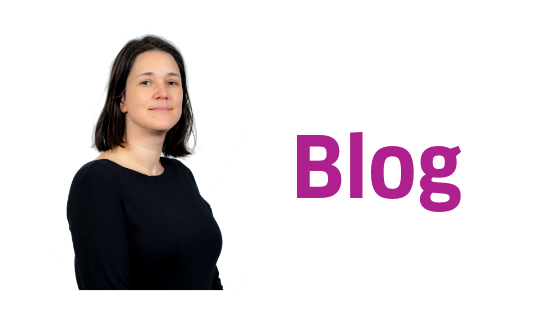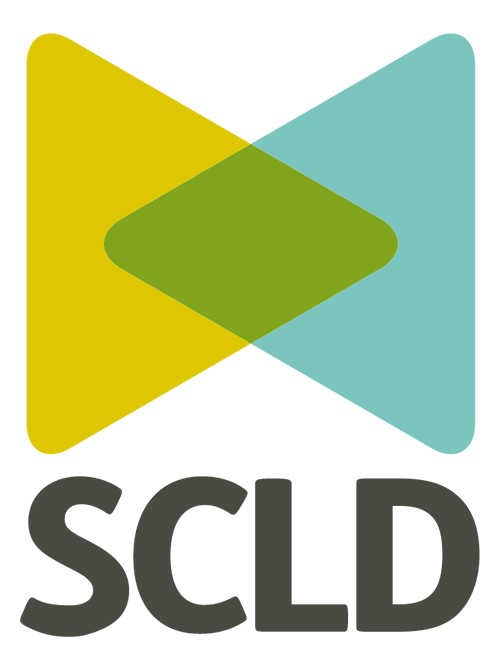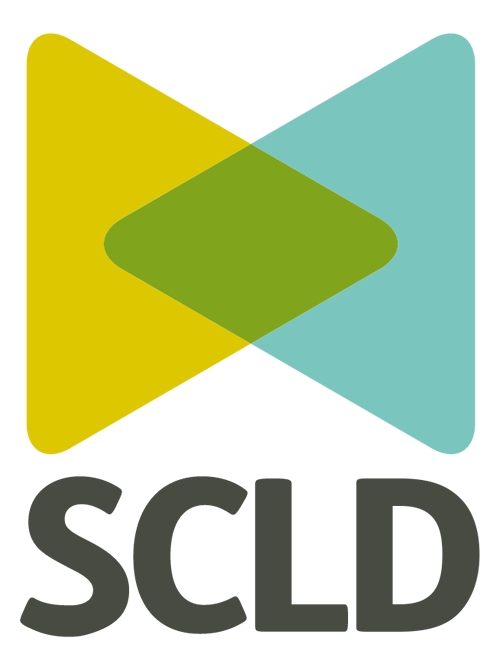
Does easy read really make for easier reading?
SCLD’s Implementation & Involvement Officer, Catriona Rowley explores the often complicated world of easy read…
Since reading the “Easy read and inclusivity: two perspectives” article from the Scottish Learning Disability Observatory (SLDO) last week, I’ve been thinking about my experiences of Easy Read. Both Rhiann and Lois made comments in the piece that had me nodding along in agreement.
Feedback from people with learning disabilities is pretty consistent; information should be in easy read format. At first I wondered if it was familiarity that made it preferable, but over the years I’ve observed a number of people engaging with written documents and have been able to make some observations about how people engage which have changed the way I write easy read documents.
I’m sure I will continue to learn new things that will help me to further refine how I write them in the future. Easy read is only one of the ways to communicate with people who have learning disabilities, and it does still require people to have a reasonable level of literacy, but if the easy read document gets things right, it can be a big help to understanding when used alongside reading software, or when the person is being supported to read and understand the document. I’ve even witnessed a person who is not able to read very much being able to understand most of a document, just by interpreting the pictures used to illustrate each sentence.
This brings me neatly to the first of my observations on easy read:
Pictures matter
At first I was sceptical about the amount of use the pictures were when added to every sentence. Anyone who has written an easy read will know how frustrating it can be to get the just the right picture to help to illustrate the text.
It’s easy to get a bit glib about it not being that important but sometimes it is a real challenge; once I needed to depict a Gypsy Traveller – eventually I just decided to leave a black space, as anything available was either offensive or unhelpful.
Similarly, when I produced an easy read document for the scoping study on the Mental Health Act, it was difficult to show a person in a period of poor mental health, so I chose an image of a person in a hospital bed, but I received feedback from a reader who had perceived that as being in hospital for a physical ailment, so rather than helping their understanding it had confused them more; the image meant something concrete to them that they knew didn’t match the text they were reading.
It too often seen as an add on translation exercise
As Rhiann reflected in the SLDO article, it is best to write your own easy read and doing it as part of the project and not an add-on can help to refine your thinking.
I’m often asked to ‘translate’ a document into easy read for someone else and it’s really hard. Having done it quite often I’ve started to suspect that people hide behind words in order to say as little as possible. It’s a lot for a third party to be expected to know what the most important points are in someone else’s document, and it is hard to write a version of document using clear and concrete language, when the original document seems to avoid saying anything concrete as far as possible.
“If you can’t write it in an easy read, you don’t understand it yourself”
The quote “If you can’t explain it to a six year old, you don’t understand it yourself” (attributed to Einstein) could be changed to say, “If you can’t write it in an easy read, you don’t understand it yourself”. That applies whether you are ‘translating’ or whether you are the original author.
It’s OK not to put everything in Easy Read
If we at SCLD produce a large report we usually provider a shorter ‘key findings’ document – I bet most people, regardless of their reading ability, prefer to read the summary and that, mostly, it provides us with as much information as we really need on the topic. We generally put the summary into easy read rather than the full document for this very reason.
Some documents such as our recently published Local Strategy Development Guidance are specifically for a professional audience, so instead of creating an easy read version we created a supplementary easy read, to explain what the document is about.
It’s not the only option
Communicating accessibly is different for different people. Easy read definitely helps but it’s not a magic wand or a Babel Fish.
I think people use easy read and graphic recording (there’s another blog in that someday!) as short cuts for accessibility – as if an event is accessible just because the agenda is in easy read and someone is over in the corner drawing pictures of what we say! Both are useful components but they won’t make up for complicated language, boring speakers or not giving people the time or support they need to understand and contribute.
No one gets accessible communication right first time, or all the time. I know I write easy read documents differently now from how I did them three years ago, and I expect to change and refine my style and skills more in the years to come. I’m learning, observing and trying to improve my approach every day… easy read is definitely a learning curve.
Catriona Rowley, Implementation & Involvement Officer


